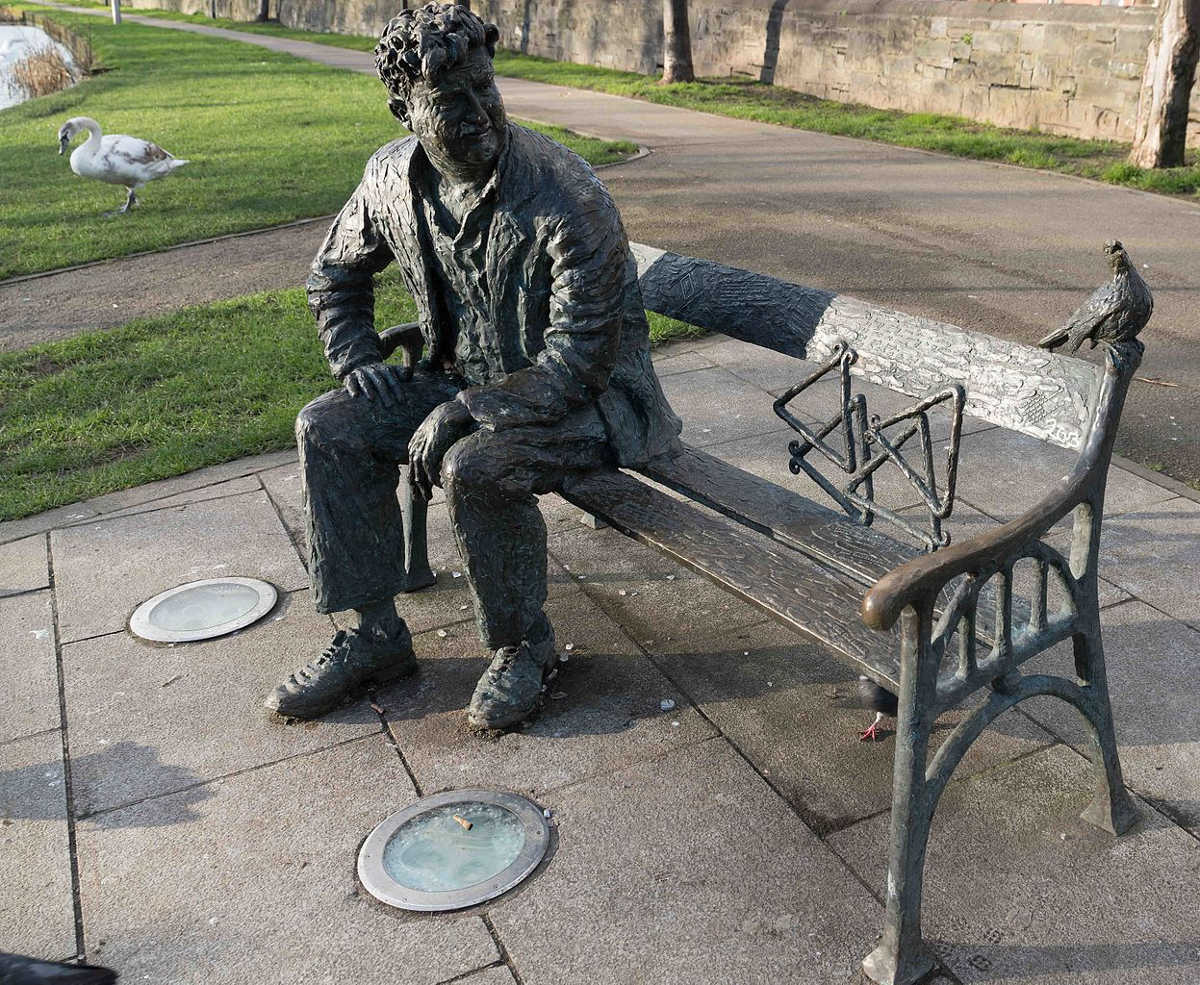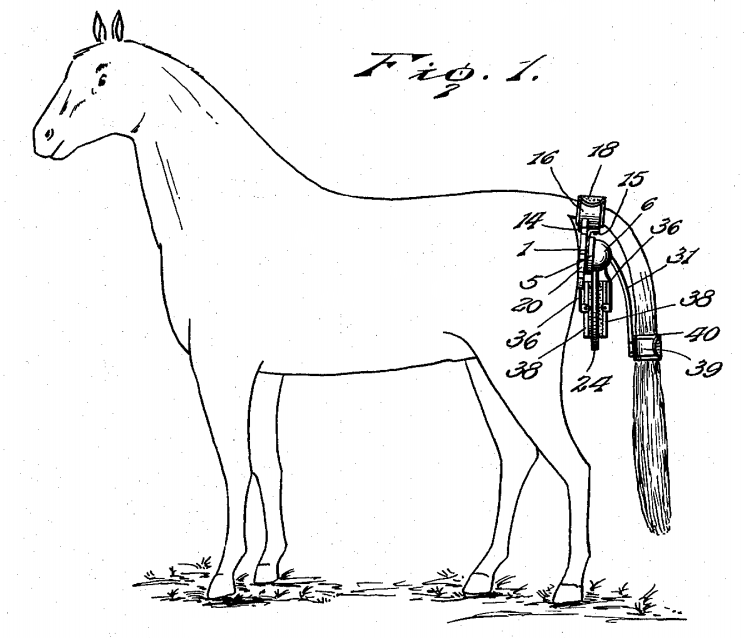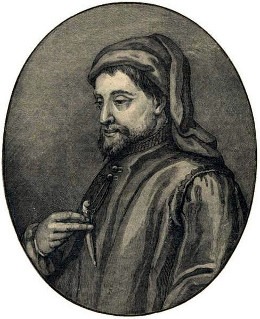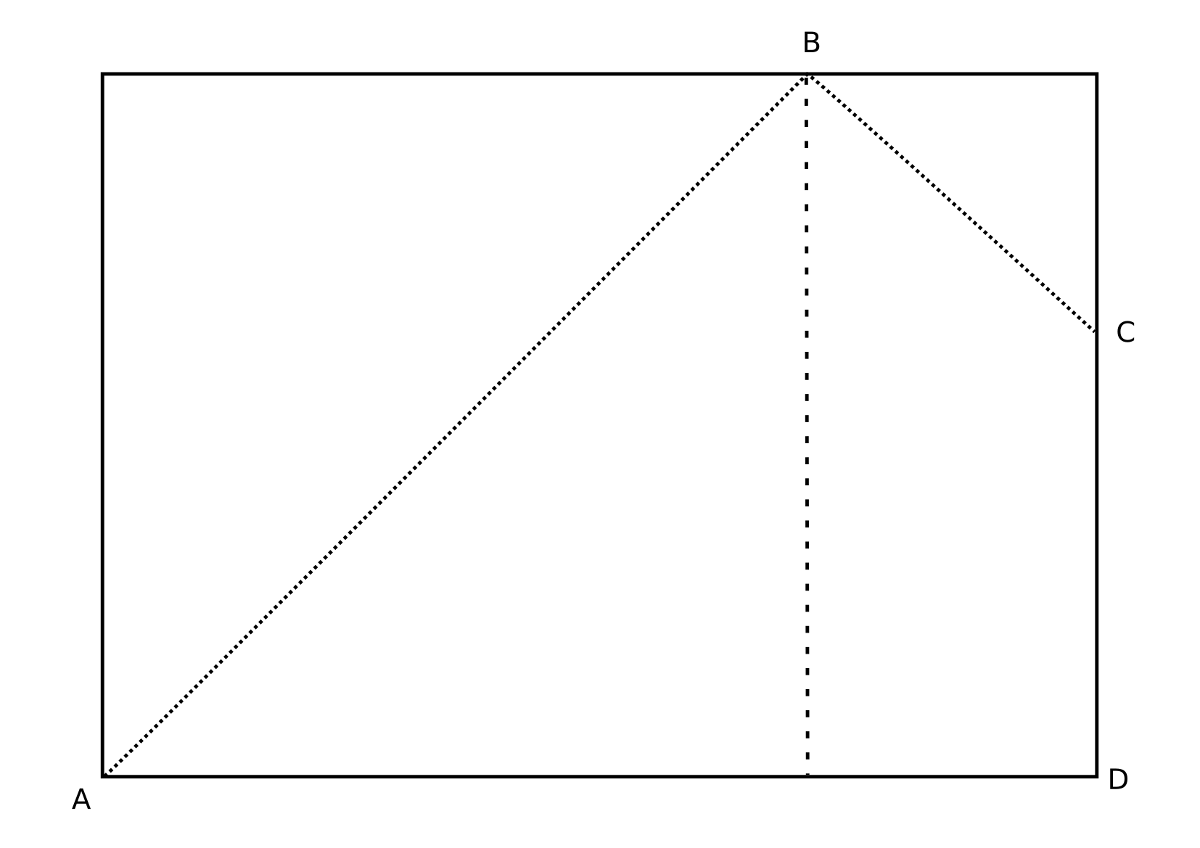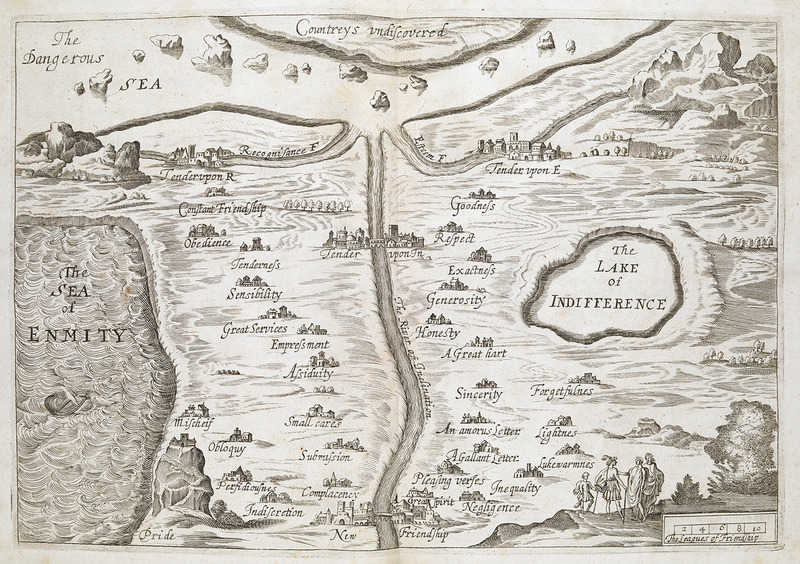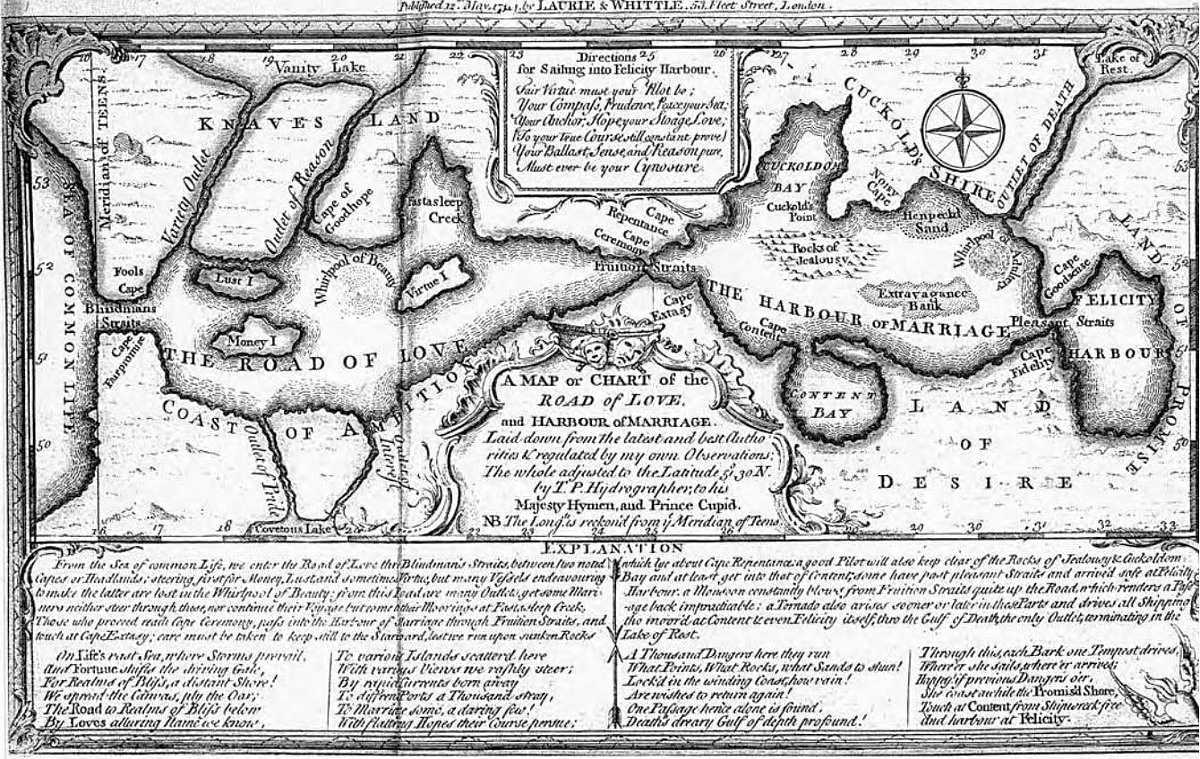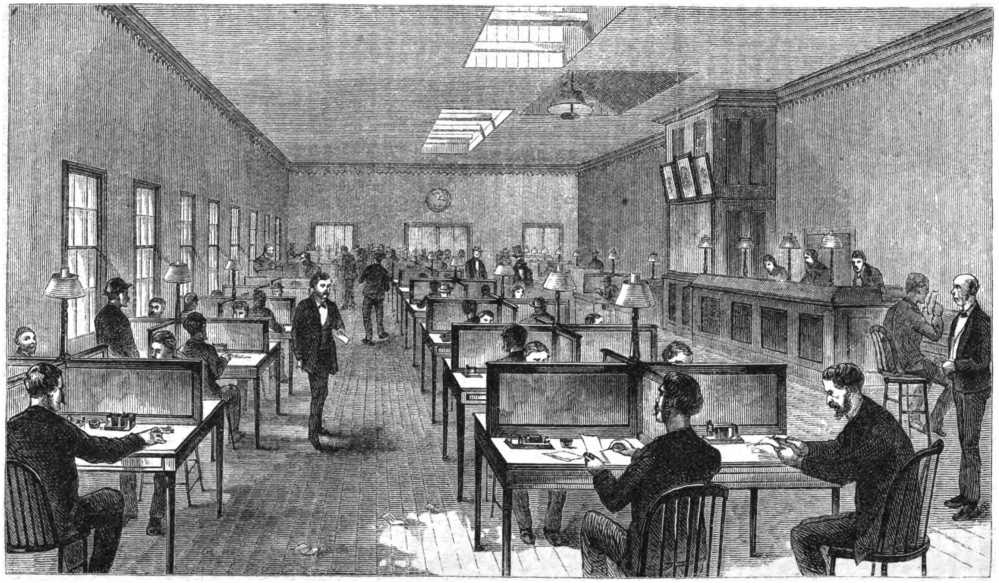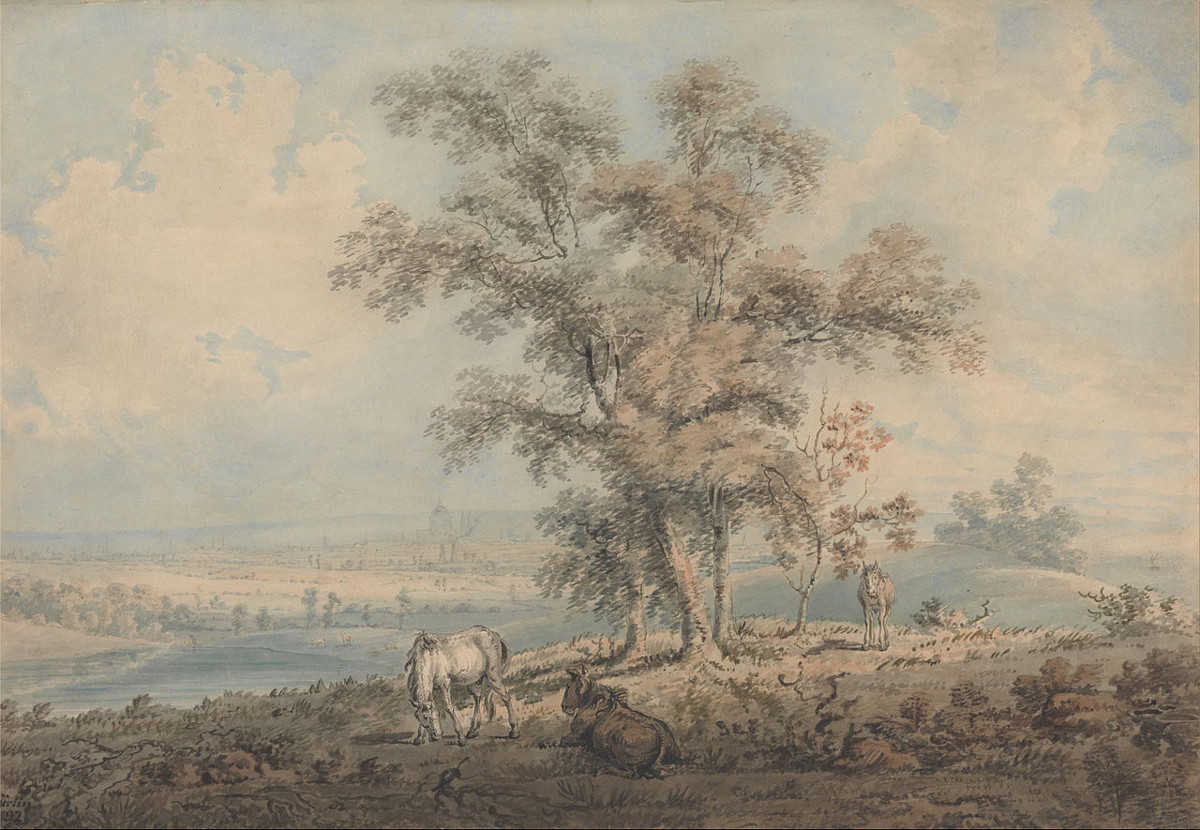
“If you think that you can think about a thing, inextricably attached to something else, without thinking of the thing it is attached to, then you have a legal mind.” — Thomas Reed Powell
A lawyer advertised for a clerk. The next morning his office was crowded with applicants — all bright, many suitable. He bade them wait until all should arrive, and then ranged them in a row and said he would tell them a story, note their comments, and judge from that whom he would choose.
‘A certain farmer,’ began the lawyer, ‘was troubled with a red squirrel that got in through a hole in his barn and stole his seed corn. He resolved to kill the squirrel at the first opportunity. Seeing him go in at the hole one noon, he took his shot gun and fired away; the first shot set the barn on fire.’
‘Did the barn burn?’ said one of the boys.
The lawyer without answer continued: ‘And seeing the barn on fire, the farmer seized a pail of water and ran to put it out.’
‘Did he put it out?’ said another.
‘As he passed inside, the door shut to and the barn was soon in flames. When the hired girl rushed out with more water’ —
‘Did they all burn up?’ said another boy.
The lawyer went on without answer:–
‘Then the old lady came out, and all was noise and confusion, and everybody was trying to put out the fire.’
‘Did any one burn up?’ said another.
The lawyer said: ‘There that will do; you have all shown great interest in the story.’ But observing one little bright-eyed fellow in deep silence, he said: ‘Now, my little man, what have you to say?’
The little fellow blushed, grew uneasy, and stammered out:–
‘I want to know what became of that squirrel; that’s what I want to know.’
‘You’ll do,’ said the lawyer; ‘you are my man; you have not been switched off by a confusion and a barn burning, and the hired girls and water pails. You have kept your eye on the squirrel.’
— Ballou’s Monthly Magazine, February 1892

